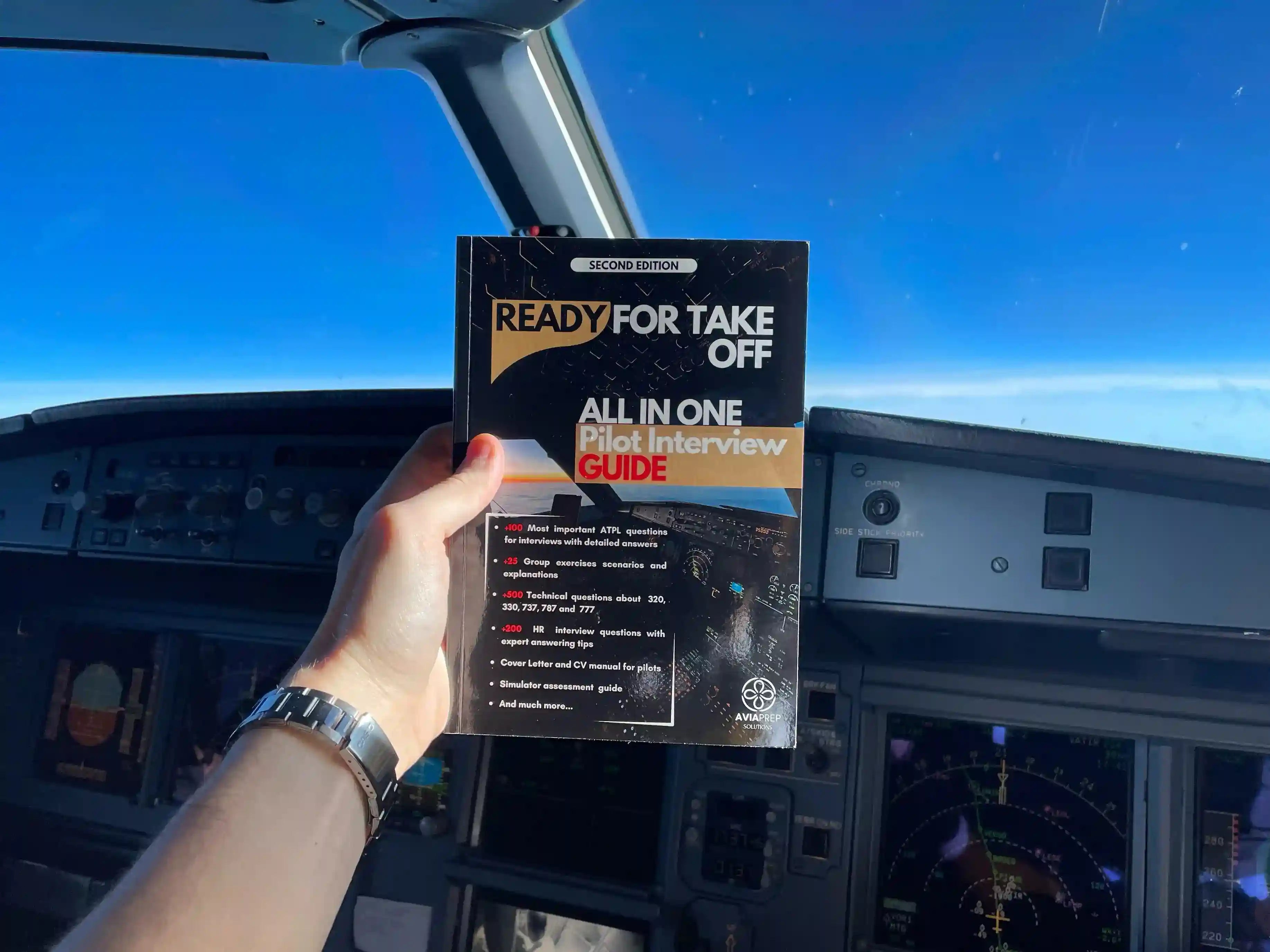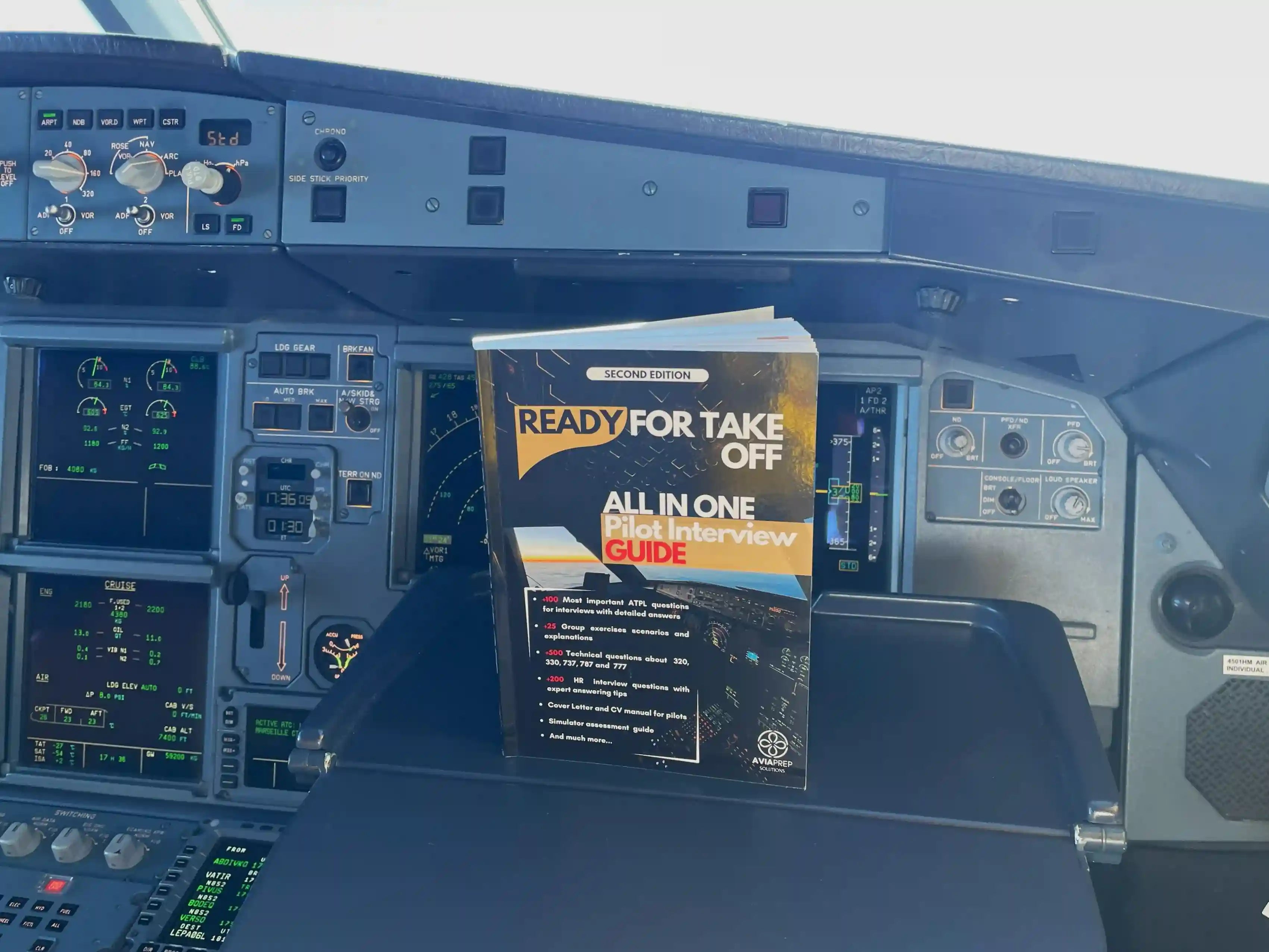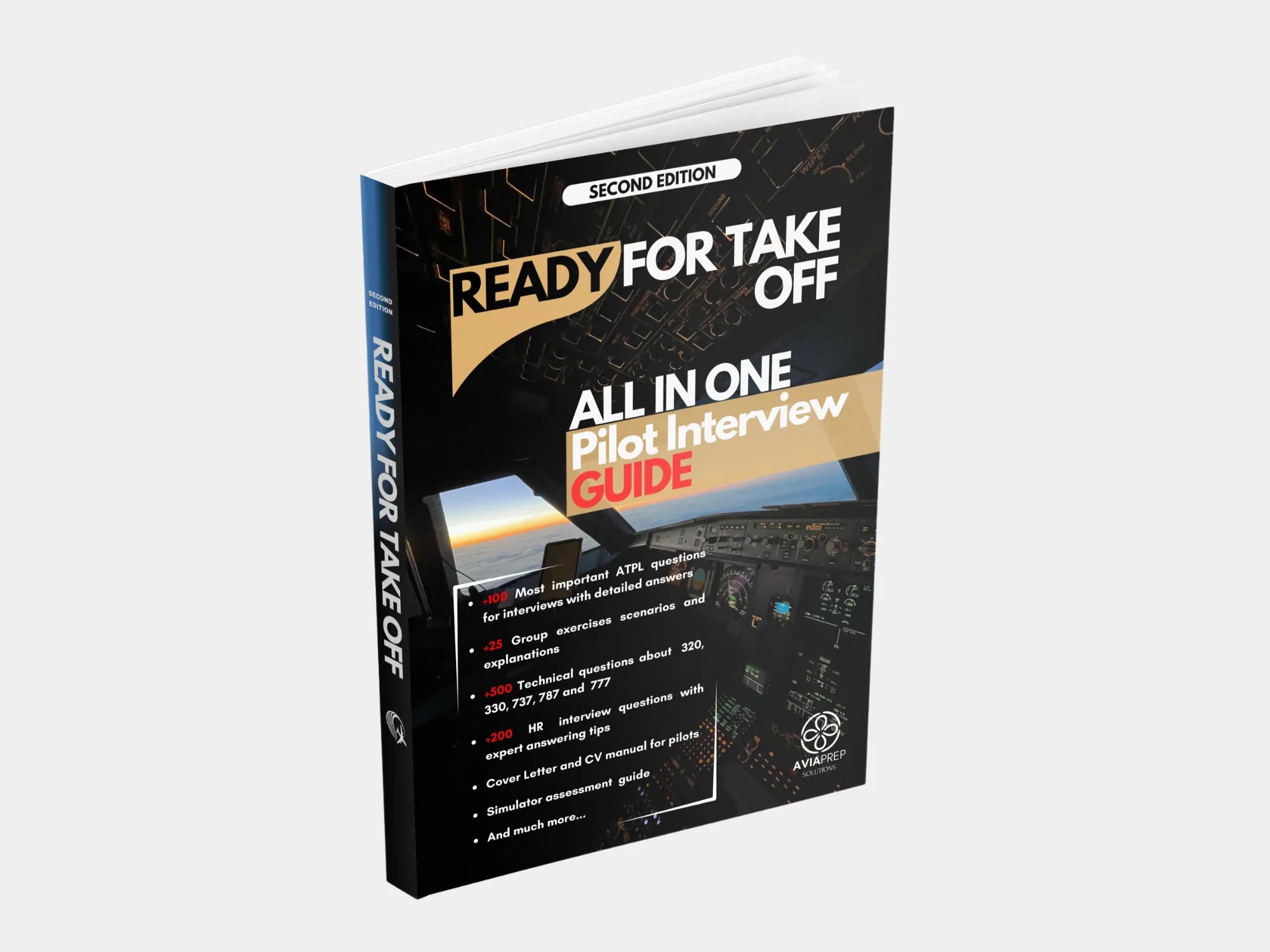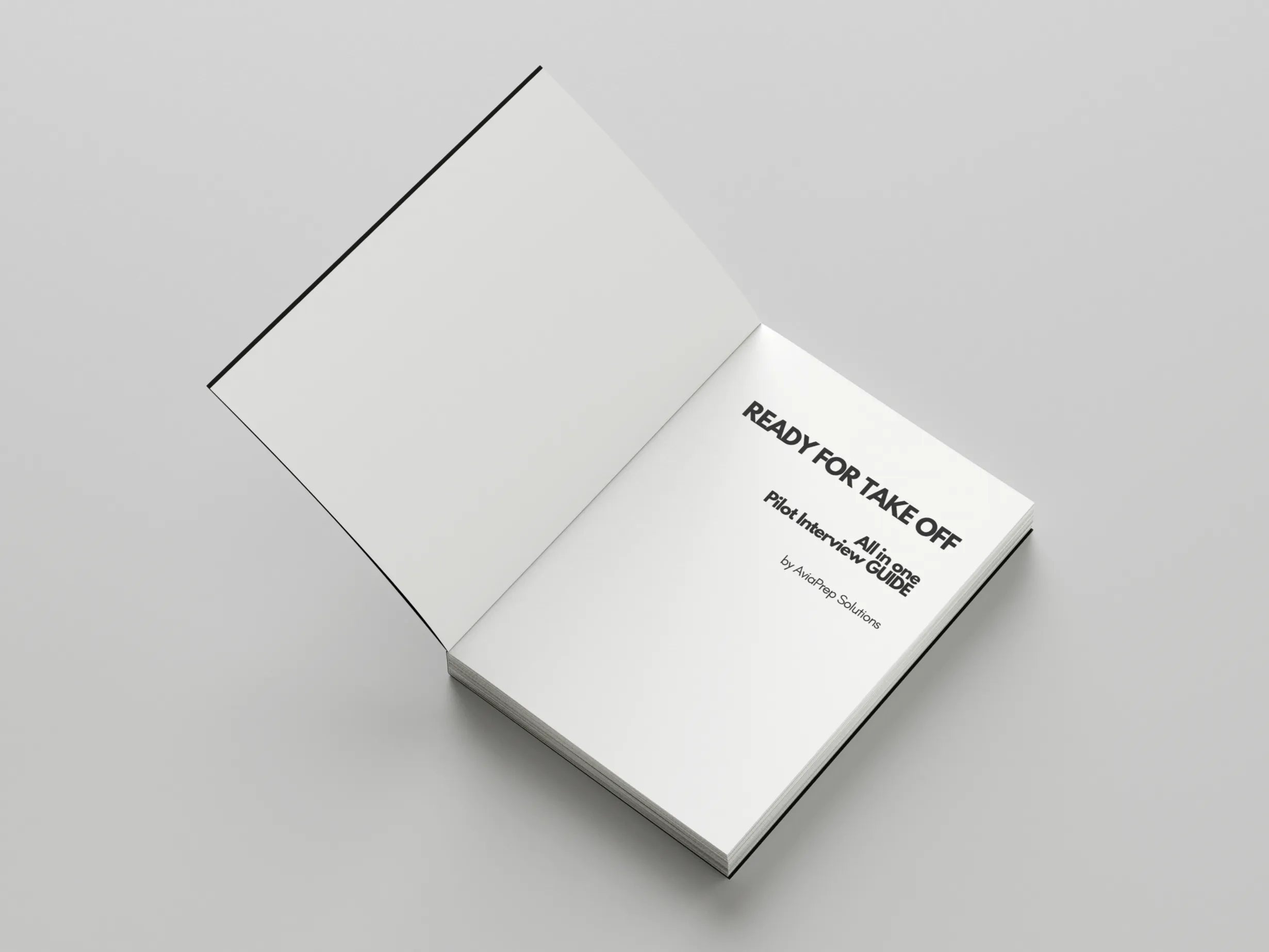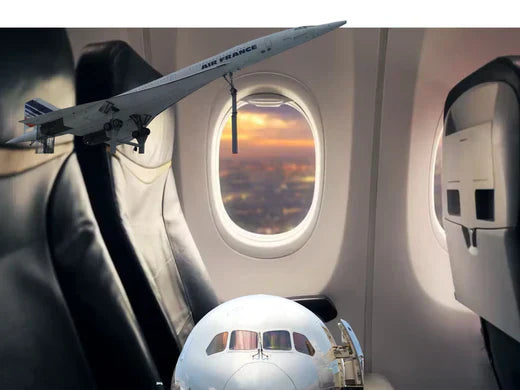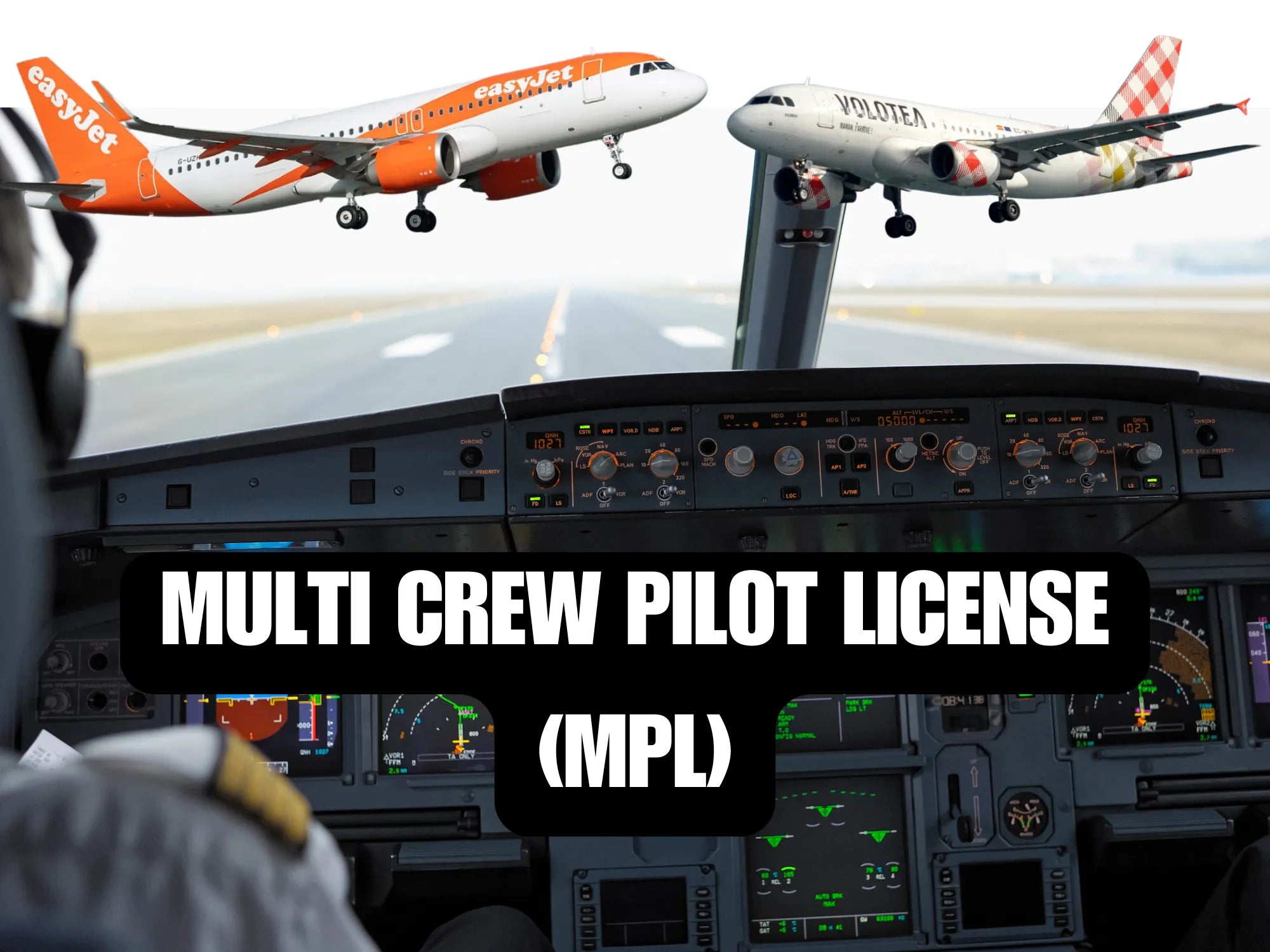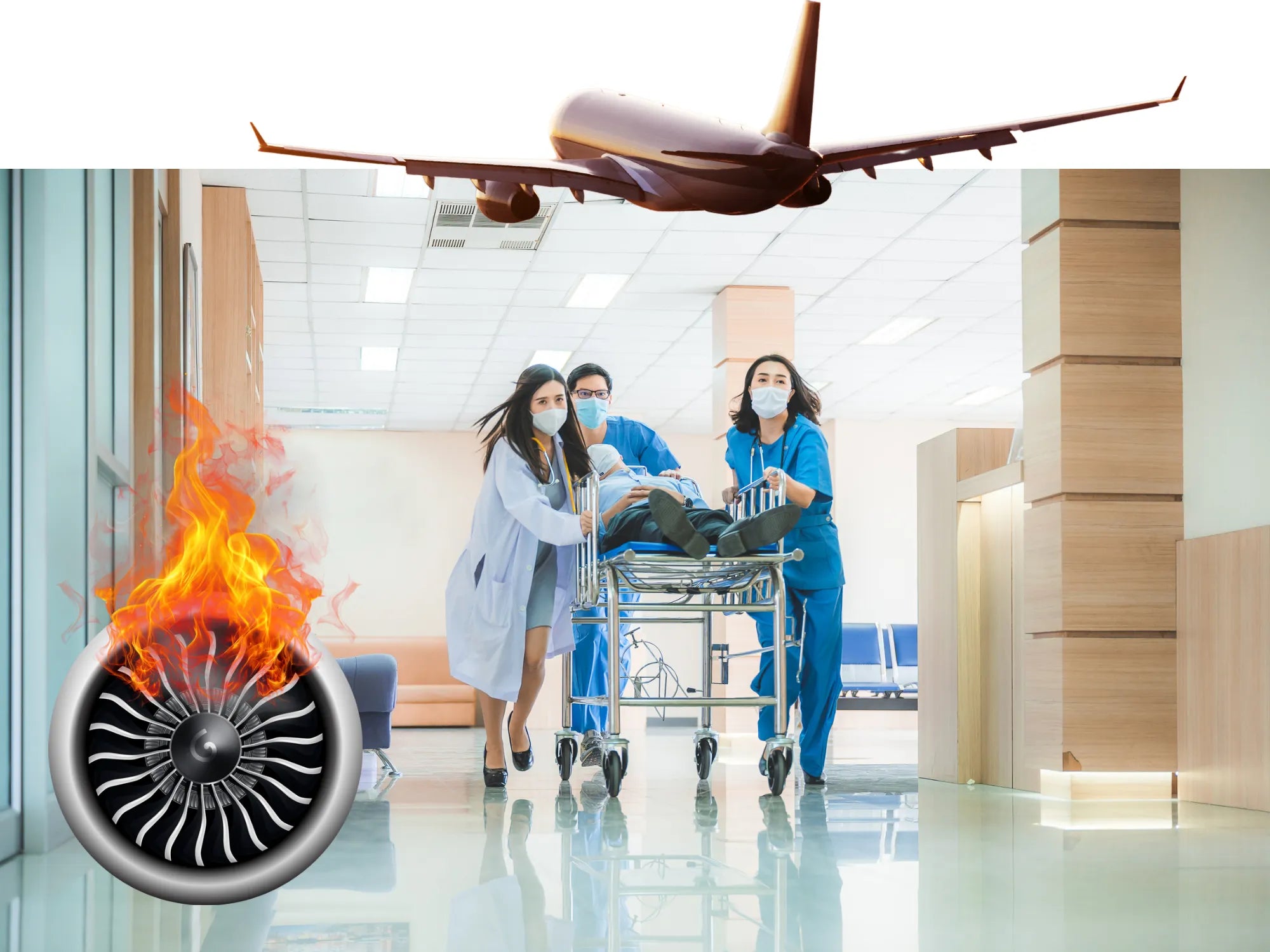Introduction
The English language is filled with terms that can cause confusion, especially when they sound identical but have different spellings or meanings. Such an example is "ready for take-off" and "takeoff." Understanding the correct usage of these terms is essential, particularly in aviation and everyday contexts where clarity is important. This article will explain the meaning of "ready for take-off" and "takeoff," their correct usage, and when to use each term appropriately.
Understanding the Terms
In both aviation and everyday language, "takeoff" and "ready for take-off" are terms that are often encountered. To use these terms correctly, it’s important to understand their meanings.
What Does "Ready for Take-off" Mean?
"Ready for take-off" is a phrase normally not used in aviation to indicate that an aircraft is prepared to leave the ground. The correct phraseology is "Ready For Departure".
What Does "Takeoff" Mean?
"Takeoff" is a noun that describes the action of an aircraft leaving the ground and beginning its flight. It refers to the actual process where the airplane accelerates along the runway, lifts off, and climbs into the sky. In broader terms, "takeoff" can also be used metaphorically to describe the beginning or rise of an activity or process.
The Importance of Correct Terminology in Aviation
Using the correct terminology in aviation is critical for ensuring clear and effective communication. Misunderstandings can lead to serious safety issues, hence why standardized language is heavily emphasized in pilot training and air traffic control protocols.
Historical Background of Aviation Terms
The terminology used in aviation has evolved over time, shaped by technological advancements and the need for precision in communication. Understanding the historical context can help understanding why certain terms are used and how they have been standardized globally.
The Role of "Takeoff" in Aviation Procedures
The takeoff phase is one of the most critical stages of flight. It involves a series of actions and checks that must be followed to ensure the aircraft's safe climb. Pilots must be concentrated and serious in the specific procedures and terminology to communicate effectively with ATC and other crew members.
Usage in Everyday Language
Outside of aviation, "takeoff" and "ready for take-off" can be used in various contexts. For example, "takeoff" can refer to the start of a new project or initiative, while "ready for take-off" can imply that someone is prepared to embark on a new project or adventure.
Examples of "Ready for Take-off" in Sentences
The pilot announced that they were ready for take-off and awaited clearance from the tower. As the rocket stood on the launchpad, the crew confirmed they were ready for take-off. After months of preparation, the new business venture was finally ready for take-off.
Examples of "Takeoff" in Sentences
The takeoff was smooth, and the passengers settled in for the flight. The new product’s takeoff in the market was more successful than anticipated. We watched as the plane’s takeoff marked the beginning of our vacation.
Differences in British and American English
While both British and American English use "takeoff" and "ready for take-off," there can be subtle differences in usage and spelling preferences. For instance, British English uses the two-words form and American English writes as a single word.
Aviation Communication Protocols
Standardized communication protocols are essential in aviation to ensure all parties understand each other clearly. This includes the correct usage of terms like "takeoff" and "ready for take-off" to prevent any ambiguity.
Safety Implications of Misusing Terms
Miscommunication in aviation can have dire consequences. Misusing terms like "takeoff" can lead to misunderstandings between pilots and ATC, potentially resulting in safety hazards.
The Role of Air Traffic Control
Air traffic controllers play a vital role in managing the takeoff and landing sequences of aircraft. They provide instructions and clearances to pilots, ensuring a safe and orderly flow of air traffic.
Training and Education in Aviation Terminology
Pilots, air traffic controllers, and other aviation professionals undergo extensive training to learn and use the specific terminology used in the industry. This education is essential for maintaining high standards of communication and safety.
Learning and Teaching Aviation English
Aviation English is a specialized form of the language used worldwide. Learning it involves understanding not just vocabulary but also the nuances of pronunciation, grammar, and context.
Technological Aids in Reducing Miscommunication
Modern technology, including advanced communication systems and automation, aids in reducing the risk of miscommunication. These tools provide additional layers of safety by ensuring messages are clear and accurately transmitted.
Legal Implications of Miscommunication
Miscommunication can have legal repercussions, particularly if it leads to accidents or safety breaches. Aviation law includes regulations that mandate the use of standardized language to mitigate these risks.
Standardization of Aviation Terms Globally
International bodies like the International Civil Aviation Organization (ICAO) work to standardize aviation terminology globally, ensuring that pilots and ATC personnel from different countries can communicate effectively.
Frequently Asked Questions
Is "takeoff" one word or two? "Takeoff" is one word when used as a noun. For example, "The takeoff was smooth."
Can "takeoff" be used as a verb? No, "takeoff" is a noun. The verb form is "take off," as in "The plane will take off soon."
Why is correct terminology important in aviation? Correct terminology is crucial in aviation to ensure clear communication, which is essential for safety and efficient operations.
Are there differences in usage between British and American English? While both versions use "takeoff" and "ready for take-off," there can be subtle spelling and usage differences, with British English more likely to hyphenate terms.
How has aviation terminology evolved? Aviation terminology has evolved with technological advancements and the need for precision in communication, leading to standardized terms globally.
Conclusion
Understanding the difference between "ready for take-off" and "takeoff" is important for clear communication in aviation and everyday contexts. Accurate usage of these terms ensures clarity, safety, and efficiency, particularly in the high-stakes environment of aviation. By adhering to standardized terminology, aviation professionals can minimize miscommunication and enhance the overall safety of air travel.




